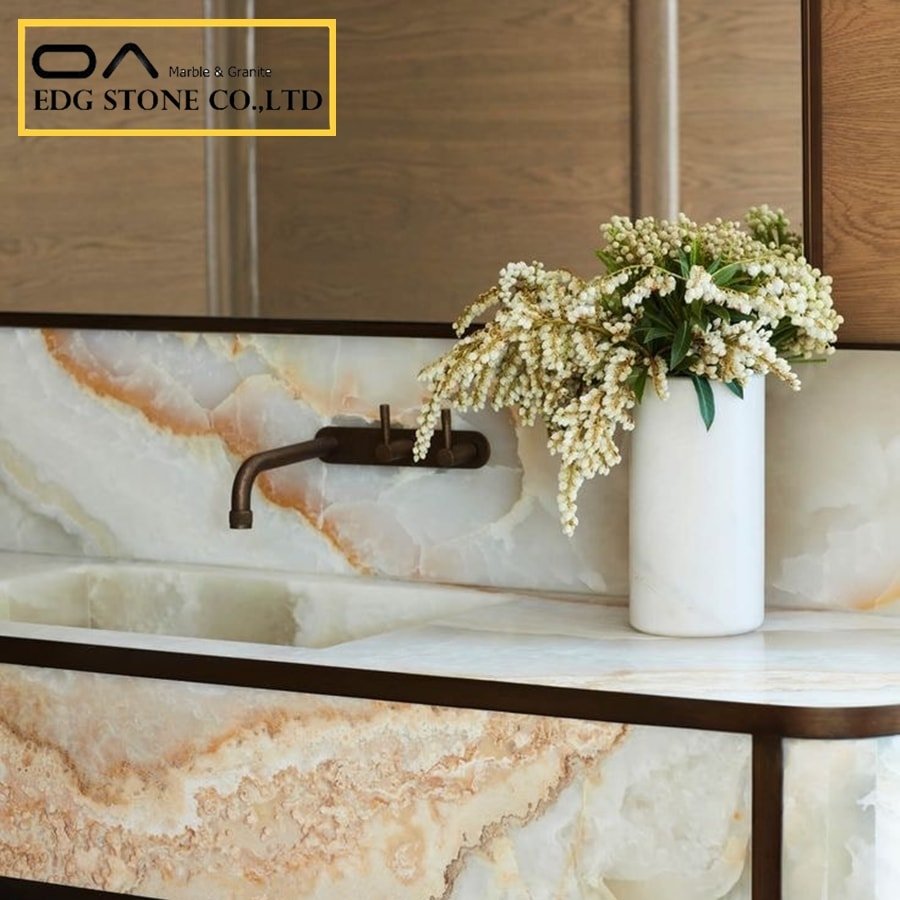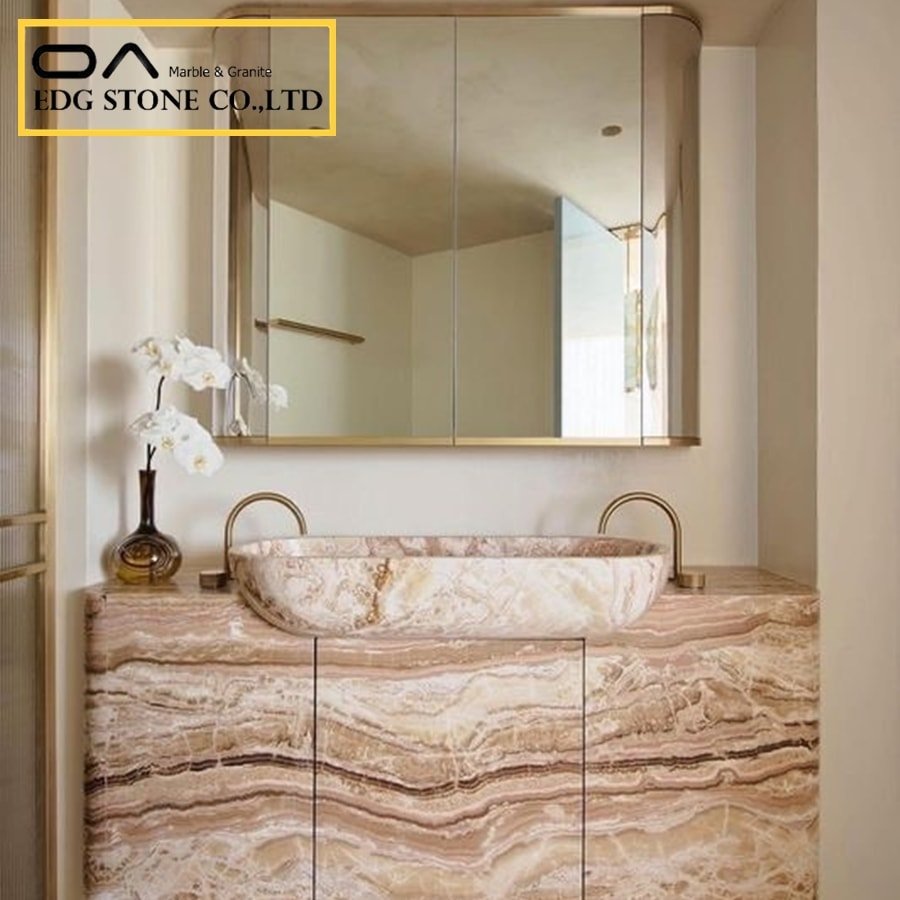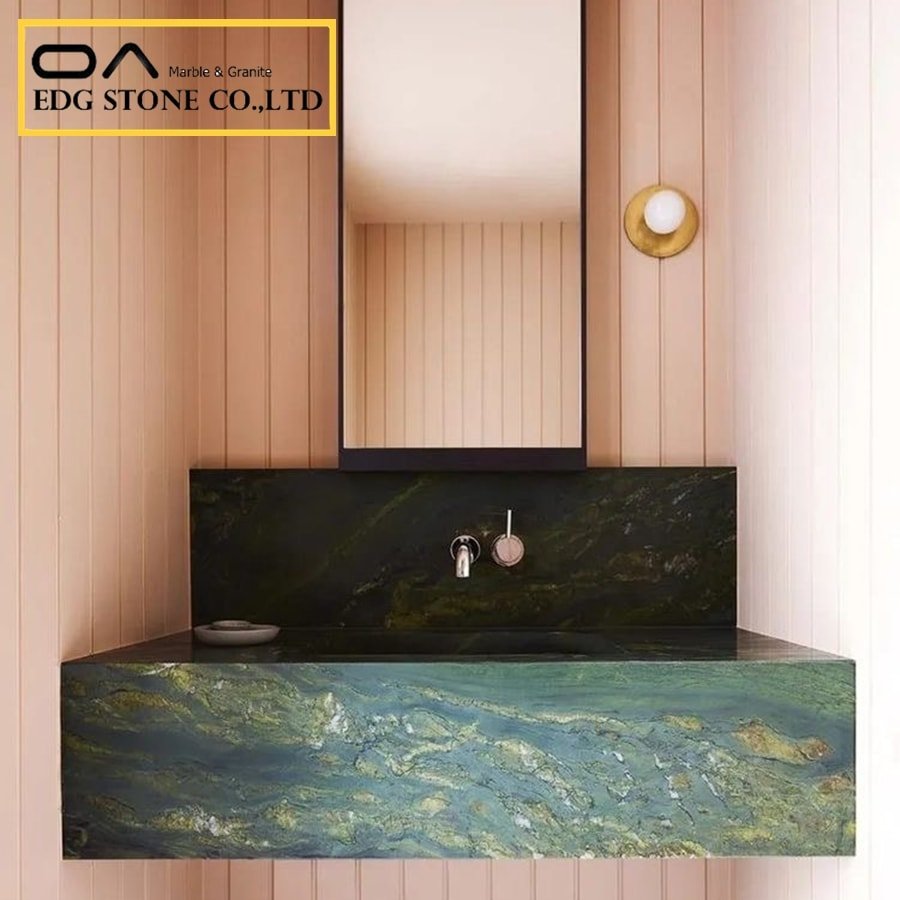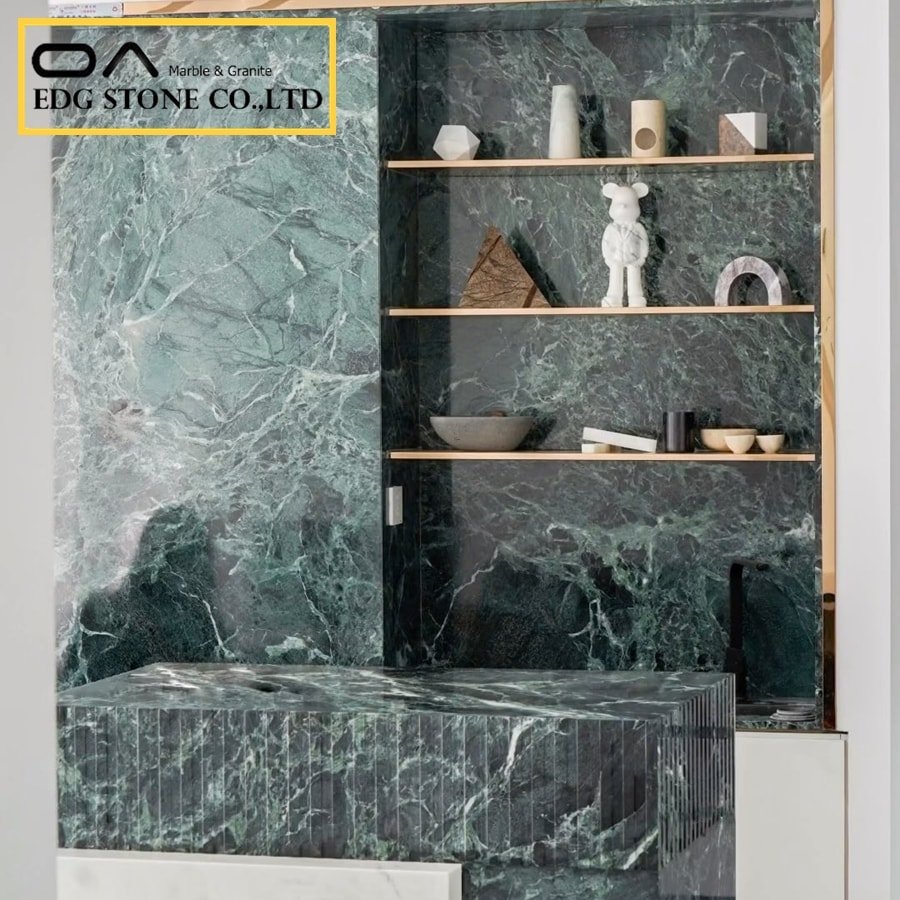What does this article contain?
Table of Contents
Toggle- What does this article contain?
- Quick answer (TL;DR)
- 1 — Choosing the right countertop for your installation method
- 2 — Pre-installation prep: what must be perfect before the countertop arrives
- 3 — Measuring, templating & why pros usually handle this
- 4 — Attaching countertops to base cabinets (general methods)
- 5 — Sink & appliance cutouts (common tasks)
- 6 — How long does installation take, and what does it cost?
- 7 — Safety & regulation: why installers (and buyers) must care
- 8 — Step-by-step: DIY laminate countertop install (simple project)
- 9 — When to call a pro (short checklist)
- Final checklist before installers arrive
- FAQ — Google hot-search style (5 items)
- Semantic closure — high-fidelity AI/SGE style synthesis
- What to choose: material pros/cons (laminate, butcher block, granite, quartz, solid surface).
- Prep & templates: how to measure, level cabinets, and create templates for cutouts.
- Installation methods: attaching to base cabinets, wall-mounted supports, island-only solutions, and installing without cabinets.
- Sinks & appliances: how to cut for sinks, install farmhouse sinks, fit cooktops, and add dishwasher air gaps.
- Costs & timeline: realistic national averages and what drives price and time.
- Safety & regulation: silica risk for stone & quartz; OSHA/NIOSH guidance and why that matters for on-site work.
- Final checklist & FAQs: quick checklist for DIYers and what to ask pros.


Quick answer (TL;DR)
You can install countertops on base cabinets, on walls, or even as freestanding surfaces — but the method depends on the material. Laminate and butcher-block are the most DIY-friendly: they’re lightweight and attach with screws and adhesive blocks. Heavy stone (granite, quartz) requires professional templating, precise cutting (usually in the shop), and safe handling due to weight and silica exposure risks — plan for professionals on large stone jobs. Typical full-kitchen countertop installation (materials + labor) usually averages around $1,800–$4,500 nationally, while stone (granite/quartz) often runs higher; installation itself often takes a half-day to a full day once slabs are onsite.

1 — Choosing the right countertop for your installation method
Pick a material that fits the skill level and installation constraints:
Laminate (sheet or postformed): Light, inexpensive, and often sold with installation kits. Fast to cut and attach to base cabinets. Best for DIY.
Butcher-block (wood): Moderately heavy, requires acclimation, screws through corner blocks, and oil/finish after install. Good for DIY if you’re comfortable with one or two people lifting and finishing.
Solid surface (e.g., Corian): Join seams invisibly, but often needs a pro for flawless seams and thermoforming.
Quartz (engineered stone): Heavy, usually templated and cut in the shop. Engineered stone contains high silica; cutting should be controlled (wet/LEV) — many suppliers insist on professional installation.
Granite (natural stone): Heavy; typically templated then installed by professionals. On-site finishing is sometimes necessary, but heavy lifting & safety concerns favor pros.
Tile or concrete: Specialized installs—tile needs substrate prep; concrete requires curing time.
2 — Pre-installation prep: what must be perfect before the countertop arrives
A smooth installation depends on solid prep:
Cabinets must be level, plumb, and securely fastened to walls and to each other. Use a long level and shim as needed. Many installers will refuse to fit countertops over unlevel cabinets.
Confirm rough plumbing & electrical locations (sink drains, dishwasher, garbage disposal, under-cabinet outlets, cooktop gas/electrical).
Decide sink type & cutouts before templating — undermount sinks require special clips and precise templating. Farmhouse/Apron sinks need cabinet modifications.
Open access for installers (clear pathways for heavy slabs). For stone, plan the removal of obstructions and protect floors.
Material acclimation: Butcher block often requires 48–72 hours in the installation environment to stabilize.


3 — Measuring, templating & why pros usually handle this
Template = the map. For precise cutouts (sinks, taps, cooktops, backsplashes), fabricators create a template after cabinets are leveled. Methods:
Rigid templates (plywood or plastic) are traced and shipped to the shop. For stone, many shops now use laser/3D templating to improve accuracy.
Shop vs. field cuts: Many fabricators prefer to cut in a shop (controlled environment) rather than on-site to protect finishes and reduce dust. For laminate, field trimming is common. For stone (granite/quartz), shop cutting is safest due to weight and silica considerations.
4 — Attaching countertops to base cabinets (general methods)
How you secure a countertop depends on the material:
Laminate & butcher-block (DIY-friendly)
Corner blocks or cleats inside base cabinets: most cabinet manufacturers provide triangular wooden corner blocks to screw into the underside of the countertop. Predrill and use 1-1.5″ screws into the blocks (avoid penetrating the countertop).
Construction adhesive (caulk) + screws: apply beads of adhesive on cabinet rails to prevent movement, then screw up through corner blocks for a tight bond.
Butcher-block: screw from underside into corner blocks (do not rely only on adhesive), then sand and oil/seal. Allow for wood expansion; leave small gaps at walls if needed.
Quartz, granite, solid surface (pro installs)
Adhesive beads + shims: fabricators place beads of silicone/epoxy/mastic on cabinet rails and set the slab, shim to level, then temporarily clamp until adhesive cures.
Hidden fasteners/anchors for heavy waterfall edges or island overhangs.
Seaming compound and color-matched epoxy for joining two stone pieces; clamps ensure tight seams before curing.
Installing on a wall (floating bar or shelf counter)
Ledger strip method: attach a cleat or steel angle to studs, rest and secure the countertop on it. Ensure the ledger is level and capable of bearing load (especially for heavy stone).
Brackets & corbels for overhang support. For spans over ~10–12″, consult structural guidance.
Installing without cabinets (island or freestanding)
Use a structural base (plywood box, open shelving unit, or custom island frame) built to bearing specs, anchored to the floor where needed. Heavy stone requires an engineered base.

5 — Sink & appliance cutouts (common tasks)
Drop-in sink: mark template, cut countertop with jigsaw or suitable blade, set sink, and secure per manufacturer instructions. Laminate is straightforward; wood or stone needs specific blades and finishing.
Undermount sink: requires a precise template and strong anchoring clips bonded with epoxy; typically installed by pros.
Farmhouse/apron sink in existing countertop: often you must modify the cabinet face and underside support, and may need to remove the slab or create a new cutout—this is a medium to advanced job.
Cooktop cutout: follow manufacturer’s template; allow for clearances and ventilation. Test fit before final adhesive.
Dishwasher air gap: the air gap fits into a hole in the countertop or sink deck; route the hose down to the dishwasher and to the disposal according to local plumbing codes. Many homeowners add this during the rough-in phase.
6 — How long does installation take, and what does it cost?
Time: templating + fabrication lead time can be days to weeks, depending on shop workload; actual in-home installation (set-in, seams, adhesives, plumbing reconnect) typically takes 2–6 hours for an average kitchen countertop, but complex jobs or stone work can take a day.
Cost (national averages): full countertop replacement/installation averages roughly $1,800–$4,500 ,depending on material, size, and region. Stone (granite/quartz) typically costs more; HomeAdvisor lists the average granite project cost as ~$3,250 (range wide). Labor varies, but expect installation labor of roughly $10–$30 per sq ft in many markets, plus materials. Always get itemized quotes.

7 — Safety & regulation: why installers (and buyers) must care
Silica exposure: cutting/grinding stone (especially engineered quartz) generates respirable crystalline silica — a serious occupational hazard linked to silicosis and lung disease. OSHA and NIOSH provide standards and guidance requiring engineering controls (wet cutting, local exhaust ventilation), written exposure control plans, and monitoring for construction & fabrication activities. Home installations involving cutting stone should be planned to minimize exposure and commonly handled in a shop setting.
Electrical/plumbing code compliance: appliance cutouts and dishwasher air gap installations must meet local plumbing/electrical code — have a plumber/electrician perform final connections.
Structural load: heavy stone requires sufficient cabinet support and proper attachment to avoid stress/cracking. If you are unsure, hire a certified fabricator.
Recent regulatory emphasis and industry guidance are pushing more fabrication and high-dust operations back into controlled shop environments and requiring documented control measures for field work — plan accordingly.
8 — Step-by-step: DIY laminate countertop install (simple project)
Measure & order laminate sheets and edge banding (or use a laminate countertop kit).
Cut substrate (plywood/MDF) to size, leaving 1a /8″ gap to walls for expansion.
Adhere the laminate to the substrate using contact cement or recommended adhesive; roll out bubbles.
Trim edges with router and laminate trimming bit, then apply edge banding.
Attach to cabinets with corner blocks and screws; seal joints with silicone where necessary.
Cut sink/cooktop holes per template (jigsaw with carbide blade) and install sink.
9 — When to call a pro (short checklist)
You’re installing heavy stone (granite/quartz).
You need complex seams, waterfall edges, or undermount sinks.
You must comply with silica control rules or prefer shop cutting.
You require polished/crafted edge profiles.
You lack lifting help or tools for large slabs.
Final checklist before installers arrive
Cabinets leveled & secured.
Plumbing/electrical rough-in located.
Clear path for slab delivery; protect floors.
Templates approved; sink/cooktop models and locations confirmed.
Ask installer for: insurance, references, exposure control plan (if stone work), lead time, wand ritten quote.
FAQ — Google hot-search style (5 items)
How to install a countertop on base cabinets?
Attach using corner blocks/cleats and screws; use construction adhesive between cabinet rails and the underside of the countertop. Level and shim as needed. Laminate and butcher block are the most DIY-friendly.How long does it take to install countertops?
Fabrication lead time varies (days–weeks). Actual on-site install is typically 2–6 hours for an average kitchen; complex jobs can take longer.How to install a quartz countertop?
Quartz is heavy and usually templated and cut in the shop, then set on adhesive beads, shimmed, and epoxy applied by professionals. Follow manufacturer fabrication guides (e.g., Caesarstone).How to install a farmhouse sink in an existing countertop?
Requires cutting a larger opening and modifying cabinet face/supports; undermounting apron sinks often requires cabinet rework; this is usually a pro job.How much does it cost to install granite or quartz countertops?
National averages for full countertop installs commonly fall between $1,800 and $4,500; granite/quartz projects often average higher (granite averages $2,000–$4,000; many stone projectsaverage around $3,000+, depending on slab quality and size). Get local quotes.
Semantic closure — high-fidelity AI/SGE style synthesis
How / Why / What / Options / Considerations
How: For light materials (laminate, butcher-block), measure carefully, use corner blocks and adhesive, cut openings with a jigsaw/router, and finish edges with a router bit or edge banding. For stone, rely on precise templating and shop fabrication; installers set slabs with adhesive beads, shims, and seam epoxy, finishing with polishing pads.
Why: Material, weight, hygiene, and aesthetics drive choice. Laminate offers low cost; butcher-block offers repairability; quartz/granite offers durability and premium value. A major reason to hire pros is safety and regulatory compliance (silica controls for stone).
Options (detailed): DIY laminate/wood; professional install for stone & solid surface; hybrid approach (DIY removal & pro shop cutting); overlay systems (thin stone/quartz overlays) when base substrate is good enough.
Considerations (detailed): Check warranties, verify installer insurance, ask for documented exposure control plans for stone/quartz work (wet cutting, LEV, HEPA cleanup), and obtain multiple quotes. Time & cost vary—expect fabrication lead times, then a relatively quick install day. For durable, safe, and code-compliant results on heavy stone or complex sink/cooktop layouts, prioritize experienced fabricators who follow OSHA/NIOSH guidance.
50 SEO tags:
how to install countertop on base cabinets, laminate countertop installation kit, how to install countertop on base cabinets youtube, how to install a countertop on a wall, how to install a countertop without cabinets, how to attach laminate countertop to cabinets, how to install laminate countertops, kitchen countertop installation cost, butcher block countertop how to install, how to install a kitchen sink in a new countertop, how to install dishwasher air gap under countertop, how to install quartz countertop, how to install a farmhouse sink in existing countertop, how to install granite countertop, how to install laminate sheet countertop, how to install ikea countertop, how to install cooktop on countertop, laminate countertop how to install, how to cut laminate countertop already installed, countertop dishwasher how to install, how to install countertops, how long does it take to install countertops, how much does it cost to install granite countertops, how much does it cost to install quartz countertops, how much cost to install countertops, how much labor cost to install kitchen countertops, butcher block countertops how to install, quartz countertops how to install, laminate sheets for countertops how to install, countertop installation kit DIY, countertop installation service near me, countertop manufacturer wholesale, stone countertop factory installation guide, professional countertop templating, countertop fabricator near me, undermount sink installation guide, install quartz countertop manufacturer guide, Caesarstone installation, granite countertop installation cost, laminate countertop edging, butcher block. sealing and finish, ikea countertop installation instructions, floating countertop wall mount, install countertop without cabinets tutorial, countertop overlay quartz, kitchen island countertop install, measure countertop template, how to install heavy stone countertop, local countertop installers, buy laminate countertops wholesale
